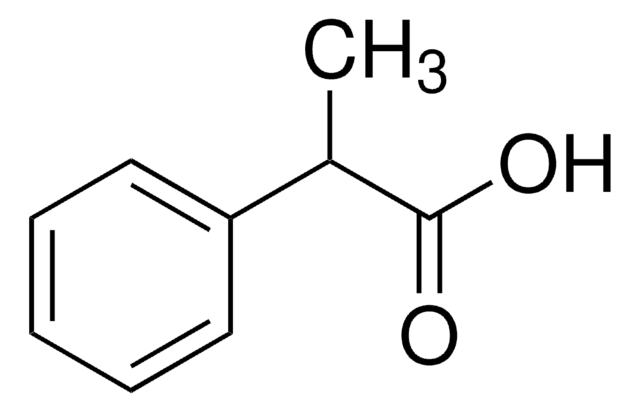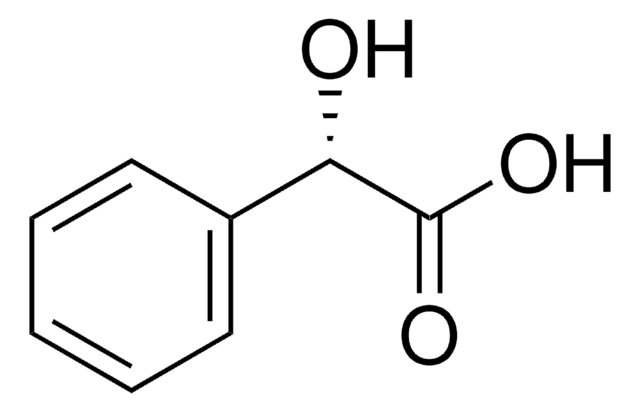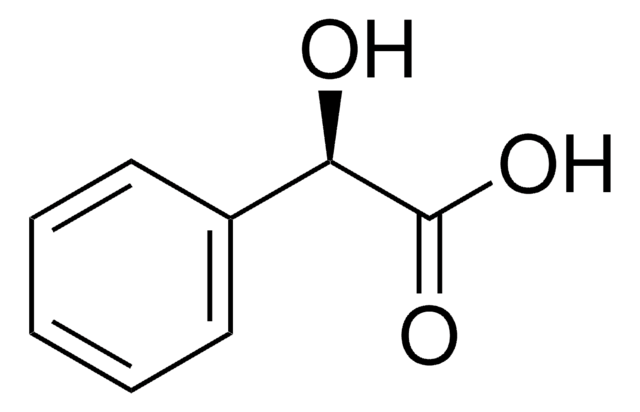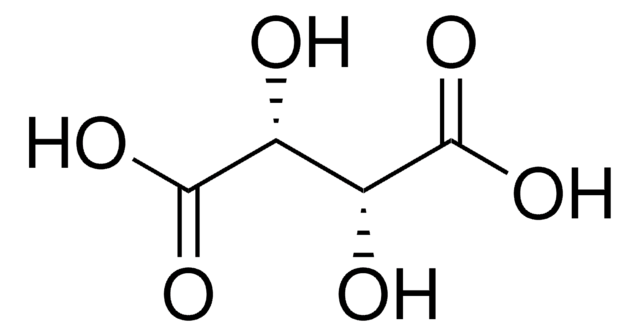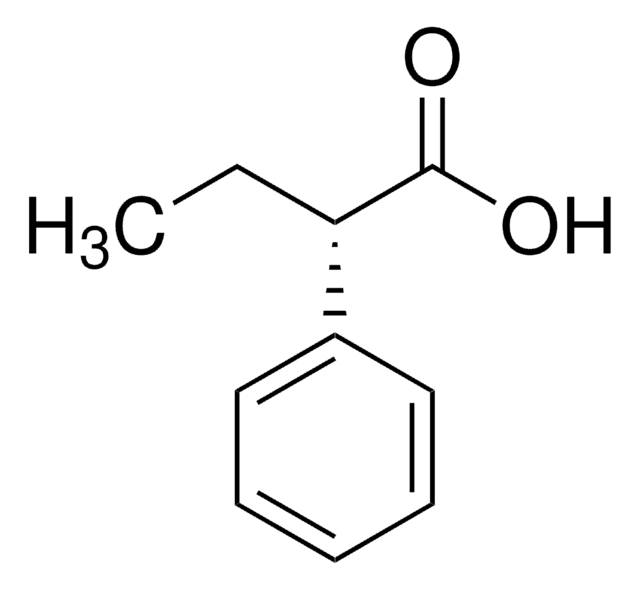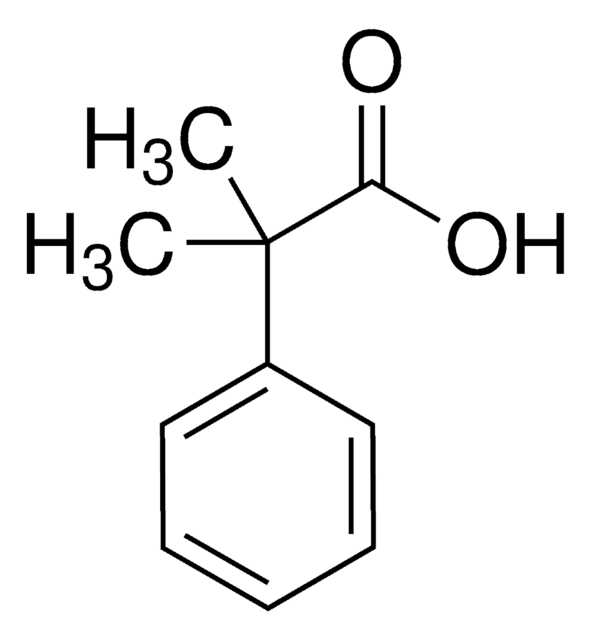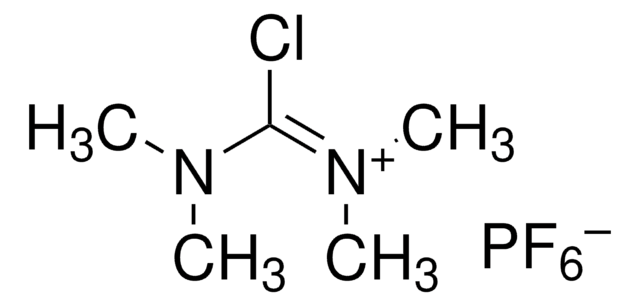Wichtige Dokumente
279900
(S)-(+)-2-Phenylpropionsäure
97%
Synonym(e):
(S)-(+)-Hydratropasäure, (S)-HTA
About This Item
Empfohlene Produkte
Qualitätsniveau
Assay
97%
Form
solid
Optische Aktivität
[α]20/D +72°, c = 1.6 in chloroform
Optische Reinheit
ee: 98% (HPLC)
Brechungsindex
n20/D 1.522 (lit.)
bp
115 °C/1 mmHg (lit.)
mp (Schmelzpunkt)
29-30 °C (lit.)
Dichte
1.1 g/mL at 25 °C (lit.)
Funktionelle Gruppe
carboxylic acid
phenyl
SMILES String
C[C@H](C(O)=O)c1ccccc1
InChI
1S/C9H10O2/c1-7(9(10)11)8-5-3-2-4-6-8/h2-7H,1H3,(H,10,11)/t7-/m0/s1
InChIKey
YPGCWEMNNLXISK-ZETCQYMHSA-N
Suchen Sie nach ähnlichen Produkten? Aufrufen Leitfaden zum Produktvergleich
Anwendung
Anwendung
Signalwort
Warning
H-Sätze
Gefahreneinstufungen
Eye Irrit. 2 - Skin Irrit. 2 - Skin Sens. 1 - STOT SE 3
Zielorgane
Respiratory system
Lagerklassenschlüssel
11 - Combustible Solids
WGK
WGK 3
Flammpunkt (°F)
>235.4 °F - closed cup
Flammpunkt (°C)
> 113 °C - closed cup
Persönliche Schutzausrüstung
dust mask type N95 (US), Eyeshields, Faceshields, Gloves
Hier finden Sie alle aktuellen Versionen:
Besitzen Sie dieses Produkt bereits?
In der Dokumentenbibliothek finden Sie die Dokumentation zu den Produkten, die Sie kürzlich erworben haben.
Chromatograms
application for HPLCUnser Team von Wissenschaftlern verfügt über Erfahrung in allen Forschungsbereichen einschließlich Life Science, Materialwissenschaften, chemischer Synthese, Chromatographie, Analytik und vielen mehr..
Setzen Sie sich mit dem technischen Dienst in Verbindung.